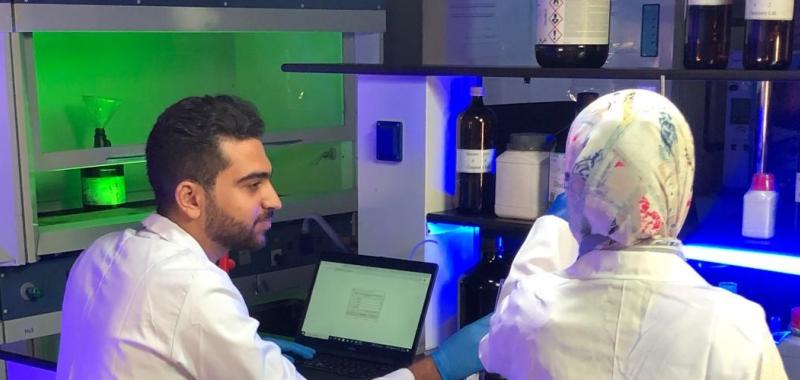In Egypt, large amounts of palm waste are either dumped into rivers or burned, causing severe pollution. This not only harms the environment but also represents a missed income opportunity for smallholder farmers. At the same time, soil depletion and rising fertilizer costs threaten agricultural productivity and sustainability, particularly in rural areas like El Sharkia and Upper Egypt. Adding to these challenges, the absence of local suppliers for natural raw materials in the food and beverage sector, combined with critical shipping delays, poses significant supply chain risks for regional industries.



